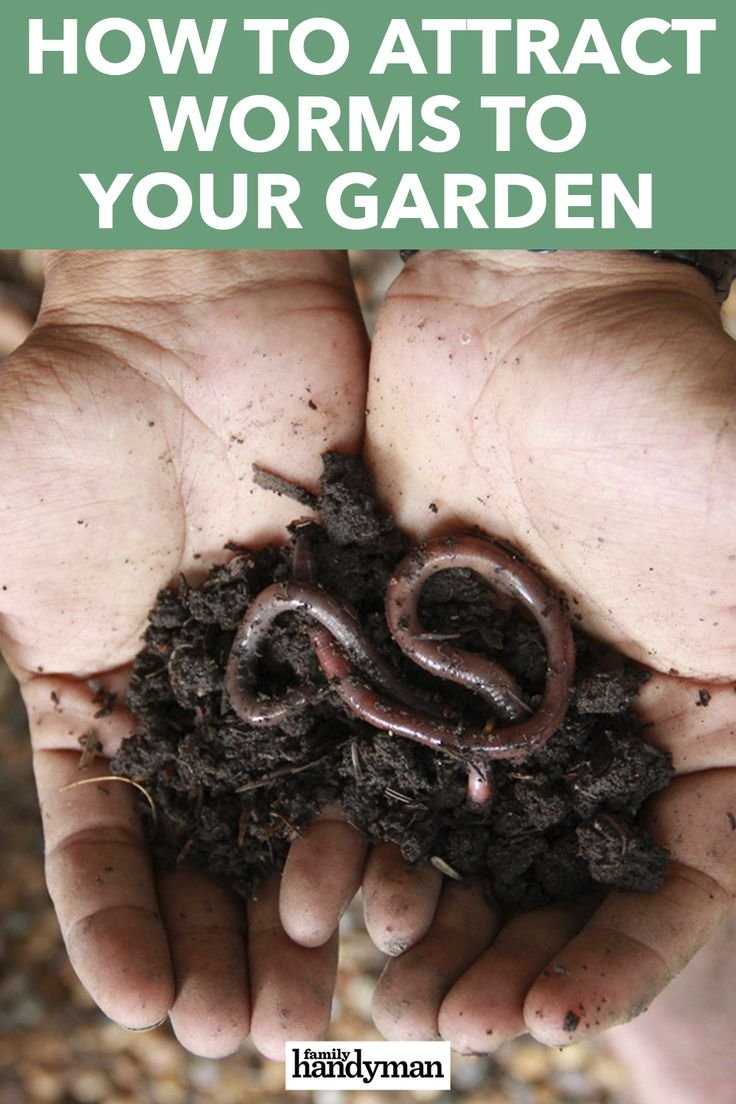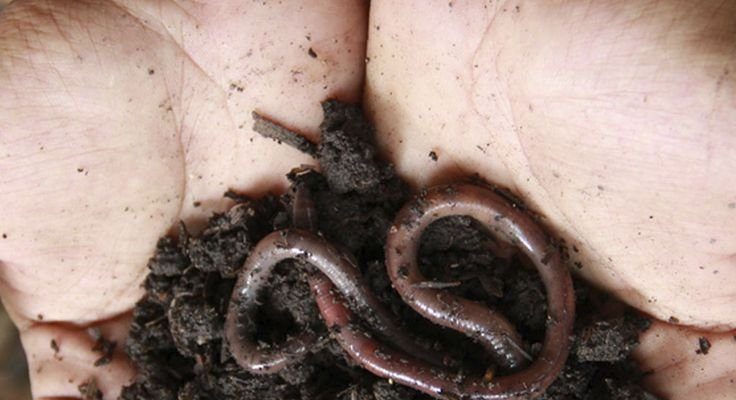
Maybe you’re wondering how to lure these worms into your compost pile. Think of it like throwing a dinner party for your wormy friends. You’ll want to set the right atmosphere and serve up delicacies they can’t resist. In this guide, I’ll walk you through everything you need to know about attracting earthworms to your compost bin, so you can watch your compost transform into rich, black gold.
Why Earthworms Are Beneficial For Your Compost
First off, let’s talk about why you’d even want earthworms in your compost. These little guys are nature’s recyclers. They feast on decomposing organic materials like food scraps and leaves, breaking them down into nutrient-rich compost. Their bodies work like a natural fertilizer factory, producing a substance called castings, which are packed with essential nutrients. This means your plants will be healthier and more productive if they’re nourished with compost aided by earthworms.
Earthworms also help aerate your compost bin. As they wiggle through the layers, they create tiny tunnels that allow air to circulate. Good air flow means faster decomposition, which is crucial for creating compost efficiently. If your compost bin is practically a worm party, expect it to break down waste much more quickly. Honestly, who wouldn’t want that?
Let’s also not forget about the role they play in soil health. When you add worm-filled compost to your garden, you’re not just fertilizing; you’re improving soil structure, enhancing water retention, and even boosting beneficial microbial activity. All these factors contribute to a thriving garden ecosystem.
Creating a Worm-Friendly Environment
To attract earthworms to your compost bin, you first need to create a welcoming environment. Think of your compost bin like a luxury hotel for worms. It should have the right ambiance. Start with moisture; worms thrive in damp environments. Aim for a moisture level similar to a wrung-out sponge. If it’s too dry, worms won’t stick around, and if it’s too wet, you could drown them—neither is good for business.
Next, consider the temperature. Earthworms prefer a cozy spot between 55°F and 77°F. If your compost bin gets too hot or too cold, worms might retreat. You can manage temperature by layering your compost materials properly. Green materials like fruit scraps heat up fast, while brown materials like dry leaves help insulate.
Lastly, don’t forget about the food. Earthworms love organic materials, especially fruit and vegetable scraps, coffee grounds, and crushed eggshells. Avoid adding meat or dairy products, as these can attract unwanted pests. Instead, layer your compost with a mix of greens and browns, which will provide a balanced diet for your worm guests.
Using Composting Techniques To Attract Earthworms
There are several composting techniques you can adopt to make your bin even more worm-friendly. One popular method is the lasagna composting technique, where you layer materials in alternating squares, much like a lasagna. Start with a base layer of coarse materials (like straw or twigs) for aeration, followed by layers of greens and browns, and finish with a top layer of soil or finished compost. This not only attracts worms but creates a diverse habitat for all kinds of beneficial organisms.
Another technique is hot composting. This method involves building a compost pile that generates high heat through the breakdown of materials. When done correctly, this heat can kill off seeds and pathogens while still being a cozy zone for worms—but you have to monitor it closely. Once the temperature stabilizes, add some food scraps and let the worms work their magic.
If you choose vermicomposting, which is composting with worms specifically, you’ll definitely get worms interested. Grab some red wigglers, which are the best composting worms, and provide them with a cozy bin filled with shredded paper, aged manure, and food scraps. Just keep everything moist and watch as these little dynamo workhorses turn your waste into nutrient-dense compost.
Adding Attractants to Your Compost Bin
Sometimes a little encouragement goes a long way. You might want to add some attractants to your compost bin to draw earthworms in. One effective attractant is compost tea. This is a nutrient-rich liquid made by soaking compost in water. When you pour this mixture into your compost bin, you’re not just giving worms a tasty drink; you’re also enticing them to come feast.
Another attractant is moistened cardboard or paper. Simply tear or chop the cardboard, soak it in water, and then add it to your compost. Earthworms love to munch on this, and it provides them a safe place to hide. Just make sure it’s non-glossy paper to avoid chemicals.
You can also sprinkle coffee grounds throughout the compost bin. Worms are fans of coffee grounds, and they provide a boost of nitrogen, which is pretty helpful. Plus, it’s a great way to recycle your used coffee!
Natural Methods To Encourage Worms
There are some natural strategies for attracting earthworms that don’t require much effort on your part. One effective method is planting flowers or vegetables that naturally attract earthworms. For instance, flowers like clover and dandelions serve as a great food source. You could create a little buffet for your worms by planting these near or around your compost bin.
Another natural method is to leave some organic matter out for the worms. You don’t have to overload your compost bin; instead, you can create a small area nearby with leaves, grass clippings, and kitchen scraps. Over time, worms will naturally migrate from this area into your compost bin.
Mulching is another earthworm-friendly approach. By adding a layer of mulch around your compost bin, you create a moisture-retaining environment that encourages worms to come up from the soil into your compost.
Monitoring and Maintaining Your Compost Bin
Once you’ve taken steps to attract earthworms, it’s important to keep an eye on your compost bin. Regular monitoring ensures the conditions remain ideal for your squiggly friends. Check the moisture level frequently—it should feel damp but not soggy. If it’s drying out, add some water! Conversely, if it’s too wet, you might want to turn the pile to aerate and let some of that moisture escape.
You’ll also want to turn your compost every few weeks. This not only helps speed up decomposition but also ensures that all the materials are mixed well, which keeps it fresh for the worms. Just use a pitchfork or shovel to gently mix it, being careful not to disturb the worms too much.
Lastly, be patient! Attracting earthworms is a process. It can take time for them to find your compost bin and make it their new home. If you’ve created a welcoming environment with the right food and moisture, they’ll come; it’s just a matter of time.
Attracting earthworms to your compost bin can feel like a challenge, but it really boils down to creating a comfortable, inviting environment for them. Think of your compost bin as a little haven for these amazing creatures. By maintaining moisture, temperature, and food sources, you’ll have a thriving population of worms ready to turn your food scraps into nutrient-rich compost.
With earthworms on your team, you’ll not only improve the quality of your compost, but you’ll also boost your garden’s health. So go ahead, roll up your sleeves and start luring those worms in—they’re more than just soil dwellers; they’re your composting allies!

